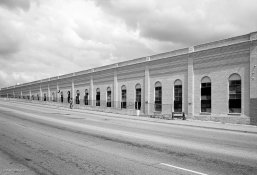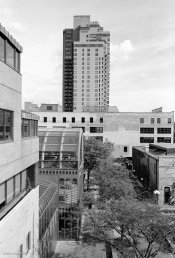ziyanglai
I've been a LF shooter but recently sold all my 4x5 gear (yes, including filters) because I couldn't stand the mounting costs of 4x5 film anymore. Especially 4x5 Velvia 100...
So I'm pretty much set on getting the Mamiya RB67, but I ran into the Fuji GW690 later. So why should I choose the GW690 over the RB67 other than the larger film size?
1. The only time I've shot with 6x9 cameras were on a Franka Rolfix 6x9 folding camera.
2. Will be doing mostly B&W and printing in darkroom, mostly 11x14 or 16x20 largest.
3. Size, ease of use of a 35mm camera is not important to me
4. Weight matters... a little...
5. 90% shooting landscape
Also, what are the differences between the 1st version and mark ii and mark iii? Did some research on this but not a lot of info showed up...
-ZiYang
www.zylai.com
So I'm pretty much set on getting the Mamiya RB67, but I ran into the Fuji GW690 later. So why should I choose the GW690 over the RB67 other than the larger film size?
1. The only time I've shot with 6x9 cameras were on a Franka Rolfix 6x9 folding camera.
2. Will be doing mostly B&W and printing in darkroom, mostly 11x14 or 16x20 largest.
3. Size, ease of use of a 35mm camera is not important to me
4. Weight matters... a little...
5. 90% shooting landscape
Also, what are the differences between the 1st version and mark ii and mark iii? Did some research on this but not a lot of info showed up...
-ZiYang
www.zylai.com










